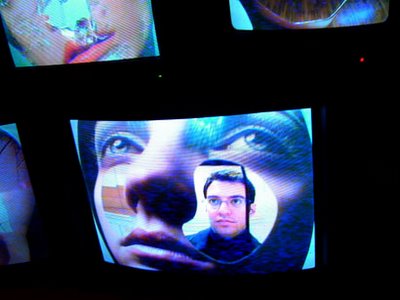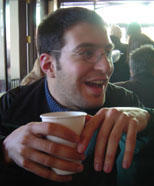Facts and Models
"Some scientific studies are based on pure facts..while others stand on theory alone."Actually that's not true. Science generates models (i.e. theories) that predict how the world works. To verify that your model is the "best available model", you must perform experiments (or make observations) to test the model's predictive power. The results of these experiments (i.e. facts, or empirical results) either support your model or go against your model. The latter scenario is called falsification. If your model is falsified, you either have to alter your model or throw it away and come up with a better model. This is the scientific method.
Do not confuse empirical results with models (or "theories"). They play very different parts within the scientific process. The rock that falls towards the earth with a certain acceleration is an empirical result, and gravity is the model. Gravity would predict that a rock falling towards the moon has a different velocity, and so it does ... thus our current model of gravity is supported by the facts (i.e. the theory of gravity is not yet falsified).
Some models can't be falsified. These models are "bad" because they do not have predictive power. For example if I believe the model that God created the universe, it does not predict anything WITH CERTITUDE. It does not predict "If you dig here you will find X" ... in other words, there is never a chance that you would dig and find "not X" and thus proclaim, "ah, I guess this falsifies God". This is not to say that God does not exist, but that the question of whether God created the universe lies beyond the realm of Science.
In other words good models exclude many potential results. A fantastic model would predict A and not B, C, D, E, F, G or H. A weak model would predict either A, B, C or D, and not E, F, G or H. Non-falsifiable models would not give any clear prediction (A to H are possible). Many people believe that string theory is not a good model because it's details can be molded to fit any empirical result and thus string theory (in it's current form) has almost no predictive power. Evolution on the other hand has very strong predictive power and those predictions are seen within every sequenced gene.
To sum this up,
1) Science builds models (i.e. theories).
2) Models (i.e. theories) have a certain degree of predictive power with regards to the empirical results (i.e. facts) you accumulate through experimentation and observations. The better the model the more accurate the predictions.
3) Fantastic Models usually give insight. This means that you acquire a deeper understanding of the underlying principals at play. Some may argue that good models encourage reductionalism.












